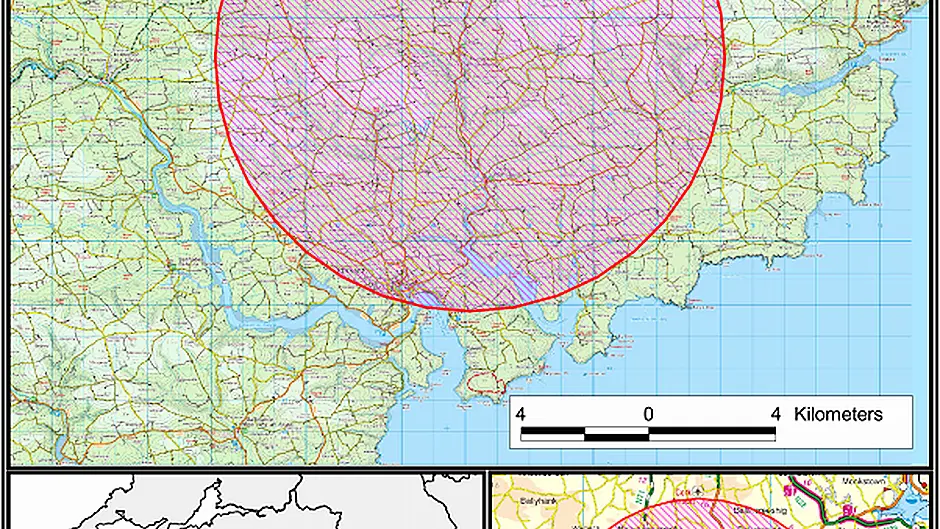Owners of animals have been asked to ‘not to be alarmist but vigilant’ by Cllr Gillian Coughlan (FF) after the Department of Agriculture found a sable in the Belgooly to Carrigaline area that has the Lyssavirus, which means rabies cannot be ruled out.
On January 7th the owner of the sable – which was imported as a pet – reported that the animal was ‘intermittently displaying atypical behaviour’ and testing ordered by the Department of Agriculture confirmed that brain samples showed ‘low levels’ of the Lyssavirus genetic material.
Following further tests on January 23rd, the department spokesperson said rabies cannot be ruled out in the sable, and it was confirmed that the animal has since been put down.
Because the Lyssavirus can affect all mammals – and comes from a family of viruses that includes rabies – the department said it ensured that the animal was kept securely confined at a private premises in County Cork.
The department said there was ‘no evidence of contact with animals outside the household.’ But in accordance with its emergency preparedness contingency plan – the department has put in place a ‘surveillance zone’ stretching from Belgooly to Carrigaline.
Within that area, the department has prohibited the gatherings of dogs, cats or ferrets, including hunting, sales and fairs. Furthermore, any found-dead mammals in the area should be reported to the department’s regional office in Cork on 021 4851400. These ‘temporary measures’ are to remain in place in for a month, subject to review.
The department – in liaison with the Health Service Executive’s regional Department of Public Health and Health Protection Surveillance Centre has identified, and is following up, a small number of individuals who may have had any potential risk exposure to the animal.
Initial screening tests by the department’s Central Veterinary Laboratory and the European Reference Laboratory (EURL) in France were negative.
After speaking to the department, Cllr Gillian Coughlan confirmed that ‘the likelihood of spread to other animals in the area is extremely low.’
She said the situation should be treated seriously because it could potentially ‘put livestock and livelihoods at risk.’ Cllr Coughlan also said: ‘The situation highlights the need to have rigorous veterinary checks and the need to quarantine animals being imported into this country.’
Owners of dogs, cats and ferrets are being advised to monitor the health and behaviour of their animals and report any abnormal or unusual behaviour in their animals to DAFM. Any members of the public in the surveillance zone who require further information can ring the department of agriculture’s Cork office.
Further information on rabies is available on the DAFM website at https://www.agriculture.gov.ie/animalhealthwelfare/diseasecontrol/rabies/ and on the Health Protection Surveillance Centre website Health Protection Surveillance Centre (HPSC).









